Geology
The rocks of the Copper Coast recorded different geological events over 460
millions years.
- It all started on the ocean floor, near the South Pole, when this part
of Ireland wasn't a land yet.
- Magma rose from the depths of the earth to finally pierce the ocean
floor. A first volcano erupted in the ocean.
- When it switched off, the sea became quiet again allowing shellfish
to develop.
- A second volcano, more explosive than the first one, erupted and
disturbed the sea.
- It then switched off and the Copper Coast started to drift northwards,
towards the Equator.
- While drifting, the rocks previously formed were uplifted during mountain
forming processes and then exposed to the surface to desert conditions
about 360 million years ago.
- The Copper Coast kept on drifting to reach its actual position.
- About 2 million years ago, ice sheets and glaciers covered the land
and while moving slowly, eroded the rocks underneath and shaped
the landscape.
- When they melted at the end of the Ice Age, about 12,000 years ago,
the glaciers dumped their load of boulder rich clays, topping the
underneath bedrock.
Below is the list of sites accessible along the coast where you can have a look
at the rocks. Sites, except (*), will be equipped with interpretation boards
explaining the geology and/or the mining heritage.
Guided tours are also available for groups.
Stradbally:
The birth of a volcano on the ocean floor

Ballyvooney:
The witnesses of the Ice Age
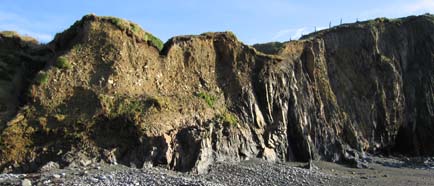
Ballydwane:
Desert and rivers

Bunmahon - Geological Garden:
The rocks of the Copper Coast
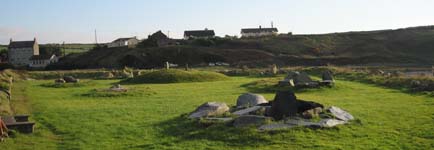
Bunmahon - Stage Cove:
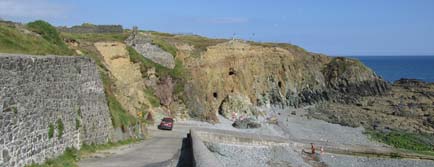
Bunmahon - Knockmahon (*):
The Pipes of Baidhb - columns of rhyolite

Boatstrand - Dunabrattin (*):
Life on the ocean floor
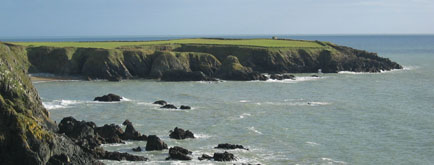
Kilmurrin (*):
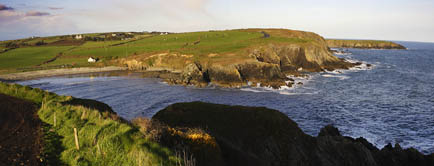
Tankardstown:
Tons of copper
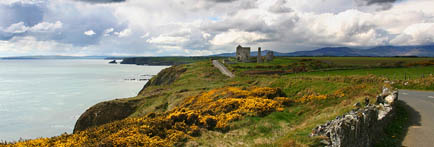
Annestown:
A valley carved by the glacier
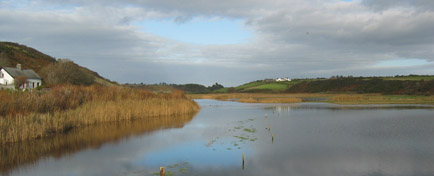
Dunhill (*):
A castle built on a volcanic plug
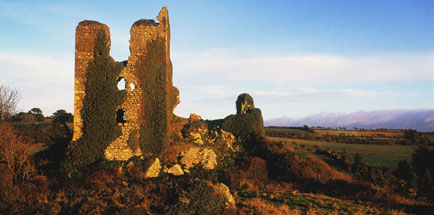
Kilfarrasy:
A submarine explosive volcano
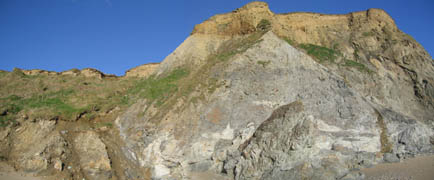
|